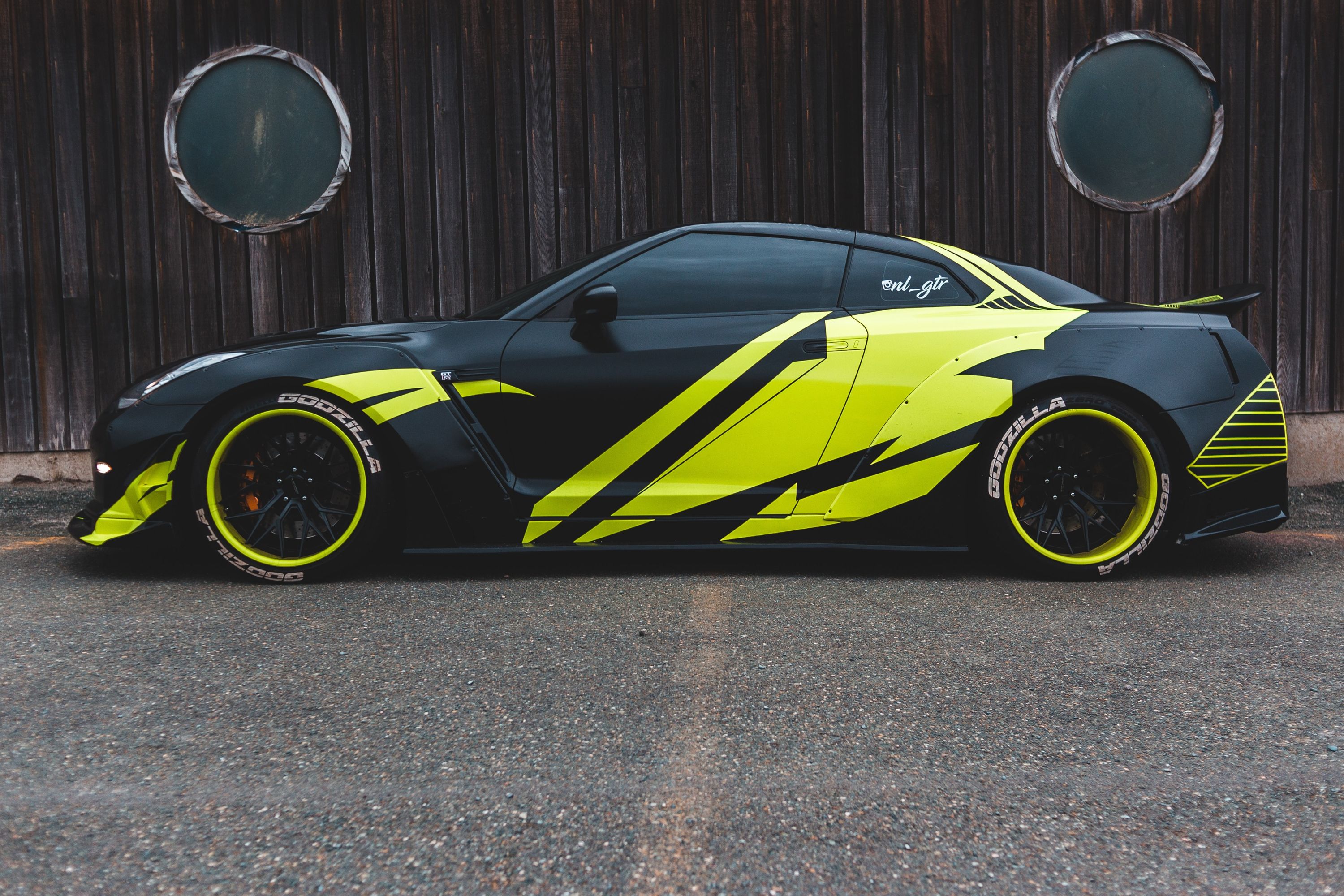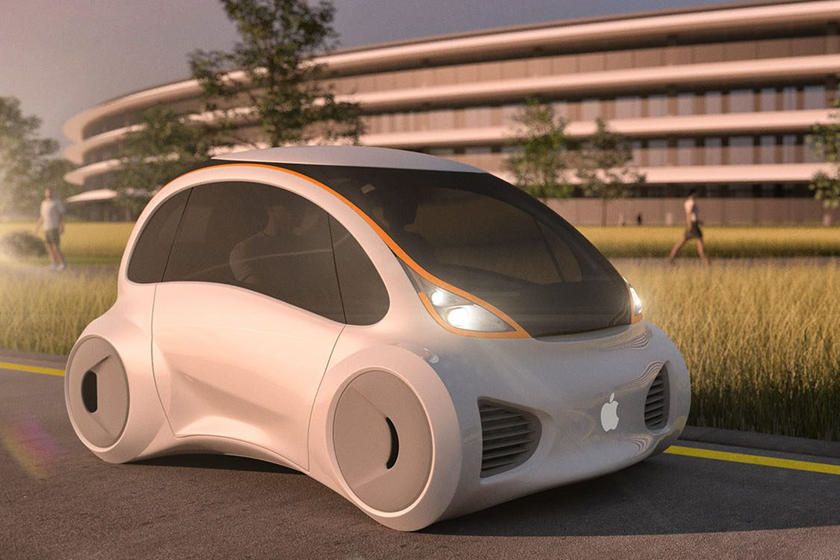Hyundai has developed an amazing film that blocks external heat and emits internal heat.
Key Takeaways
- Hyundai’s Nano Cooling Film reduces in-cabin temperatures by up to 54 degrees Fahrenheit.
- No discernible impact on transparency.
- 100% legal transparent window tint reflects exterior heat and radiates warmth trapped in the cabin to the outside world.
Hyundai has announced Nano Cooling Film, a new type of highly transparent tint film that “blocks external heat energy and emits internal radiant heat to the outside.” Basically, it’s UV protection for your cabin without the drawbacks and potential legal ramifications of a darkened windshield and windows, which means that it won’t impair your vision when conditions change. Sure, dark windows look great, but are less than ideal when driving in the rain or reversing at night. As the name suggests, the film is made up of an innovative nanostructure, and now it’s being tested in the real world, on real customer cars. Based on these results, the film could someday soon be rolled out as an option at your local Hyundai dealer, making the brutal heat of Florida or Arizona, easier to bear.
How Effective Is Hyundai Nano Cooling Film?
This week, Hyundai applied its Nano Cooling Film to 70 customer vehicles in Lahore, Pakistan – one of the hottest climes in the world where summer temperatures often exceed 122 degrees Fahrenheit. The tint film aims to cope with these temperatures thanks to a three-layer composition, where the outer layer radiates mid-infrared cabin heat to the outside of the vehicle. But does it work?

Related
Car Window Tinting Comes In Many Flavors
All you’ve ever wanted to know about the different kinds of car window tint.
A study reportedly found that Nano Cooling Film reduced temperatures near the driver’s head by as much as 51.7 degrees compared to conventional tint and up to 54 degrees compared to the same vehicle without any tinting. But a controlled evaluation is only half of the test – hence this new pilot program on customer vehicles. Hyundai notes that it plans to use the data it gleans “to ensure quality and enter mass production of the film in the future.”
Potentially Reduced Energy Consumption
Hyundai notes that regular tinting film can also be added to the back side of the Nano Cooling Film, further reducing in-cabin temperatures. For regions where tinting may be illegal or restricted, this innovative idea will help drivers return to cooler cars that they’ve parked in the sun for hours. The tech could also help reduce the energy consumption of air conditioning systems. This could be especially beneficial for an electric vehicle like the Hyundai Ioniq 5. Assuming this pilot program is successful, the only question we have is how much Nano Cooling Film would cost, but given Hyundai’s commitment to providing high-value products, we doubt it would be overpriced.

Related
Apple Creates Clever Automatic Window Tinting Tech
New patent filings suggest Apple is developing adjustable tinted window technology.
#Hyundai #Nano #Cooling #Film #Works #Invisible #Tint


